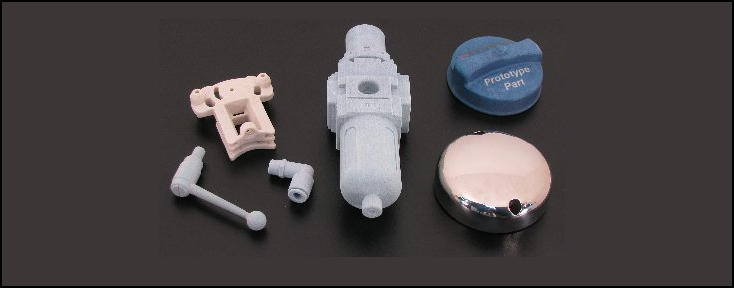
Rapid prototyping uses 3D printing technology to produce models and prototypes of parts, which is much faster and less costly than subtractive methods. Prototypes are built as sample to process a theory by creating a physical object of their design. This allows designers to check for flaws and functional problems before creating the part. Knowing the problems, designers can go back to the design and solve the problems discovered from the prototype.
How Rapid Prototyping in 3D Printing Works
A 3D model is designed in 3D modeling software and saved in an STL or OBJ file. The file is then converted to G-code by the 3D printer's interface program which slices the model into sections to be printed. The G-code is sent to the printer and the 3D printer prints the part, layer by layer, until it is complete.
Benefits of Rapid Prototyping
Rapid prototyping allows prototypes to be built much faster and at less cost than traditional subtractive methods. This will decrease lead time (the time it takes to complete the process) and will increase revenue by speeding up the design process and getting the product to consumers more quickly.
To learn more about the latest in 3D Printing, check out our 3D printing.
